
Port of Shanghai
Considering the effect of coronavirus on the supply chain, China could be in danger of being cut off from the global economy.
This was evident in its trade data; foreign trade fell by 11% YoY in the first two months of 2020. Trade with the US took the biggest hit as it fell by 19.6%, with Japan and the EU declining by 15.3% and 14.2% respectively.
This trend represents the Chinese economy’s worst performance since 2009, when it was still recovering from the global financial crash.
The Port of Shanghai, the busiest port in the world, has suffered considerably from the impacts of COVID-19 as the regional authorities delayed the return to work after the Lunar New Year.
Vessel calls at Shanghai and Yangshang, another major Chinese port, together fell by 17% in January compared to 2019, which make them the ports most affected by coronavirus in China.
However, China has managed to keep Shanghai and all its other major ports open, with the exception of the river hub in Wuhan, which was quarantined.
As of the end of February 2020, Shanghai reportedly began to ease the backlog, as did other mainland Chinese ports and this prompted optimism from some.
On 2 March 2020, CMA CGM, the fourth biggest carrier in the world, said in an advisory that cargo moving easier as port workers and truckers returned to work.
This means, according to CMA CGM, that business operations have entered the “recovery phase” as factories return to normal.
CMA CGM expressed further optimism in its 2019 financial results , in which it predicted “a major catch-up effect” once the crisis abates.
https://www.porttechnology.org/news/which-ports-have-been-most-affected-by-coronavirus/

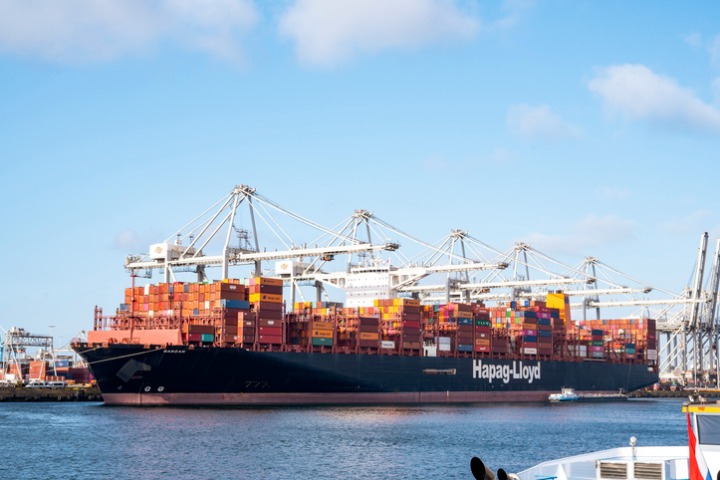
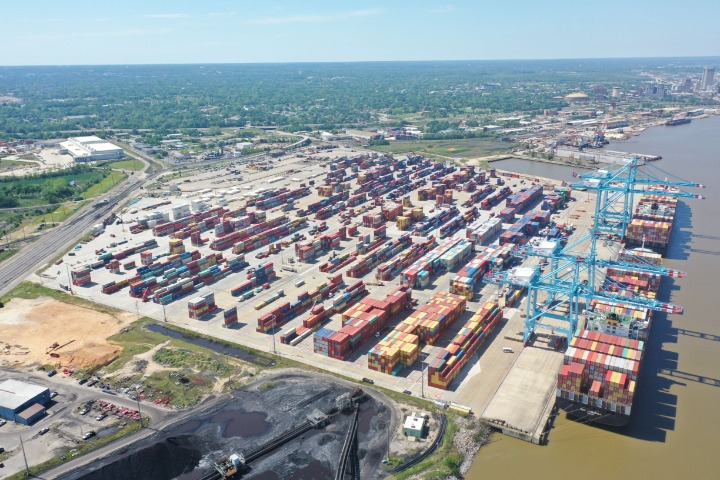
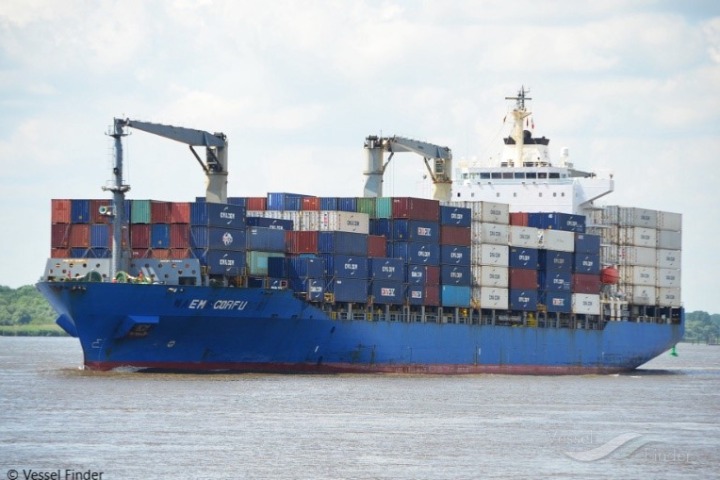
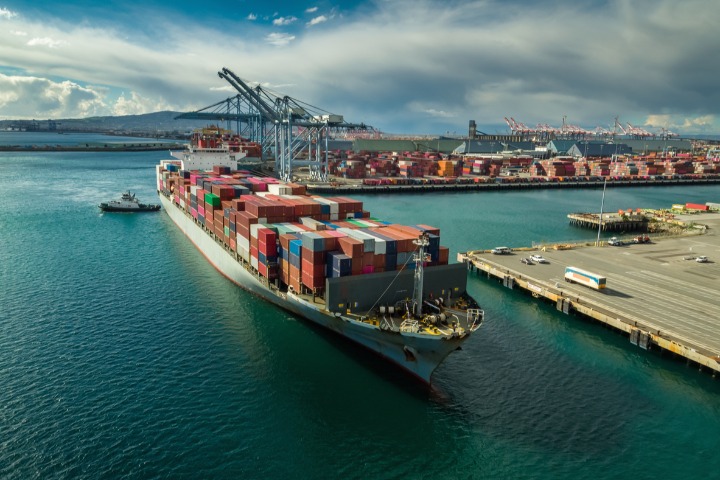

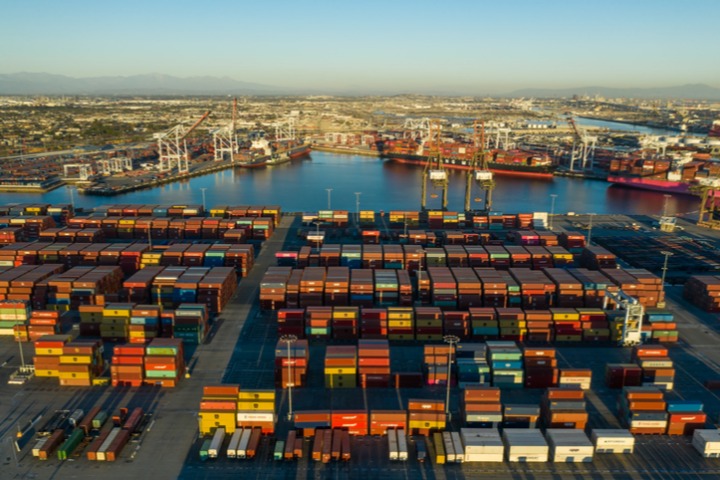

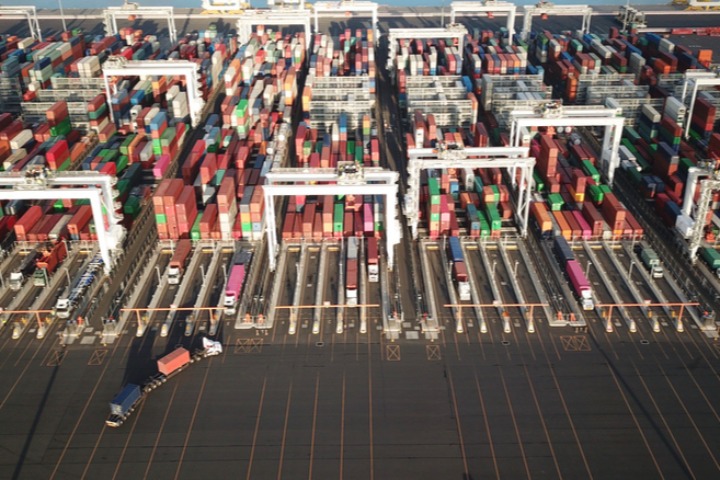
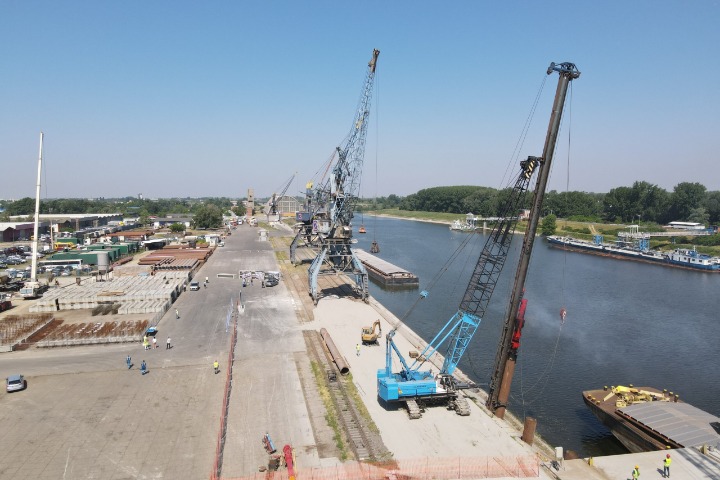
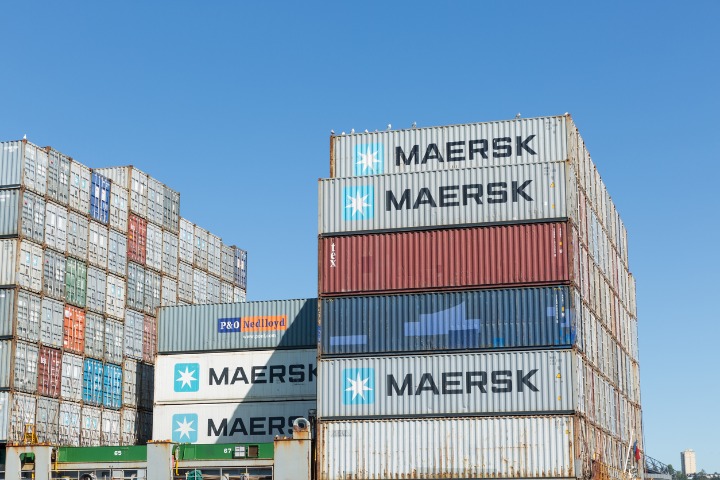













Comments